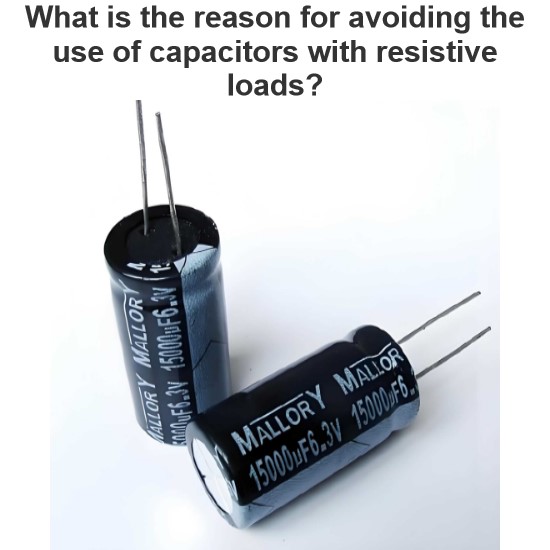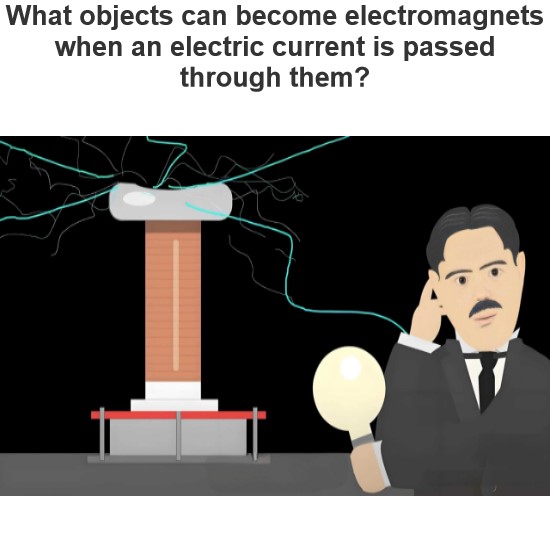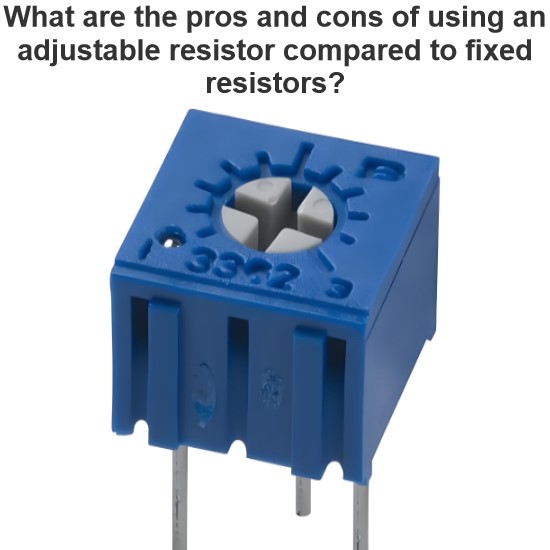The Different Types of Electrical Resistors Explained (And How They Are Used)
What is an Electrical Resistor?
A resistor is a passive component in a circuit which provides resistance to the flow of current. There are many different types of resistors. These resistors vary in their construction, power dissipation capacities, and tolerance to various parameters (such as temperature and light). The types of resistors include:
Carbon Composition Resistor
A carbon composition resistor (also known as a carbon resistor) is a commonly used resistor. These resistors are low cost and are easy to construct.
Carbon resistors are mainly made of carbon clay composition covered with a plastic case. The lead of the resistor is made of tinned copper.
The main advantages of these resistors are that they are readily available, low cost, and they are very durable.
These resistors are also available in a wide range of values, from as low as 1 Ω to as high as 22 Mega Ω. For these reasons, carbon composition resistors are often included in many of the best Arduino starter kits.
The main disadvantage of carbon composition resistors is that they are very temperature sensitive. The tolerance range in resistance of carbon composition resistor is of ± 5 to ± 20 %.
Although this is not a concern for the majority of electronics projects one would experiment with at home.
This type of resistor has a tendency to produce some electric noise due to the passage of electrical current from one carbon particle to others.
Where low cost is the main criterion for designing a circuit rather than its perfection of performance, these resistors are normally used.
Carbon resistors are provided with a different colored band on their cylindrical body. These color bands are code for the resistance values of resistors along with their tolerance range.

Thermistor
The word thermistor means a thermal resistor. Its resistance value changes with the change in the temperature.
Most thermistors have a negative temperature coefficient which means its resistance will fall down when the temperature increases.
These are normally made of semiconductor materials. Resistance up to a few megaohms can be obtained from thermistors.
They are used to detect small temperature changes, when there is a temperature change, however small, there will be a large change in the value of the resistance.

Wire Wound Resistor
In wire wound resistor
The wounded wire is covered with an insulating cover such as baked enamel. This cover of insulating heat resistible material resists the effect of ambient temperature variation.
Different sizes and ratings of wire wound resistors can easily be achieved by using different lengths and diameters of the wire.

These resistors are easily available for a wide range of ratings. The range of resistance values varies from 1 Ω to 1 MΩ.
The typical tolerance limit of these resistors varies from 0.01 % to 1 %. They can be used for high power applications of 5 to 200 W dissipation ratings.
The cost of these resistors is much higher than carbon resistors. Normally a wire wound resistor is used where a carbon composition resistor cannot meet the purpose because of its limitations.
The main disadvantage of this resistor is the inductance that arises because of its coil-like structure. At high frequency, the behavior of the circuit may be changed due to its reaction.
This problem can be solved if one half of the wire is wound in one direction and another half in the opposite direction so that the inductance due to these two halves cancels each other hence the net inductive effect of the resistor becomes nil.
The non-inductive wire wound resistor is ideal for the high-frequency circuit but it is costlier than an ordinary one.
Metal Film Resistor and Carbon Film Resistor
The resistor is constructed by means of deposition a thin film of a conductive material such as pure carbon or metal on to an insulating core.
The desired value of resistance of metal film resistor or carbon film resistor can easily be obtained by either trimming the layer of the thickness or by cutting helical grooves of suitable pitch along its length.

Metallic contact cap is fitted at both ends of the resistor. The caps are in contact with the conductive film or helical grooves. The lead wire is welded to the end caps.
Metal Film Resistor or Carbon Film Resistor can be made up to a value of 10,000 MΩ and the size of this type of resistor is much smaller than a wire wound resistor.
Because of their constructional features, these resistors are fully non – inductive.
The accuracy level of metal film resistors can be of order ± 1 % and they are suitable for high-grade applications.
Carbon film resistors give lower tolerances and smaller values of electrical resistance than those available with a metal film. However, the carbon film posses a mildly negative temperature coefficient of resistance which is very useful for certain electronic circuits.
Variable Resistor
The variable resistor means its resistance value can be adjusted (similar to a potentiometer). There are a rotating shaft and a wiping contact.
Basically, there is a resistive semicircular bar or coil and by wiping the contact we change the effective length of the resistive element and hence the resistance gets changed. One example of such resistors is a rheostat.

The variable resistor or rheostat can also be a linear sliding type where the sliding contact moves on the resistive element linearly for adjustment of the effective resistance of the resistor.
Non Linear Resistor or Varistor
They are also known as varistors. They are popular for having the non-linear V-I characteristics curve. That is its resistance is not uniform and it does not obey Ohms law.
They are made of materials such as silicon carbides, zinc oxide.
There are three types of varistors:
Silicon carbide disc type varistor
Silicon carbide rod type varistor
Zinc oxide type varistor

Light Dependent Resistor
A Light Dependent Resistor (or LDR) will vary in resistance depending on the intensity of light falling on it. This is made of cadmium sulfide which contains a small number of electrons when it is not illuminated.
When a light ray falls on it, electrons get ejected and hence the conductivity of it increases. Hence, it offers low resistance when light falls on it and offers high resistance in the dark.

Source: Electrical4u.
Statement: Respect the original, good articles worth sharing, if there is infringement please contact delete.
Electrical4U is dedicated to the teaching and sharing of all things related to electrical and electronics engineering.




